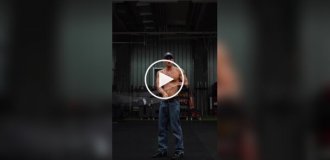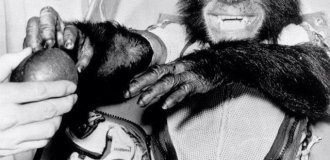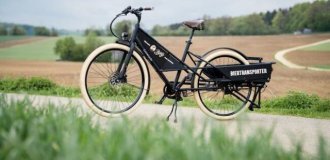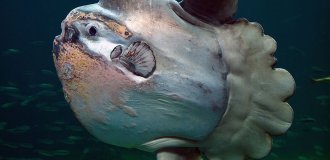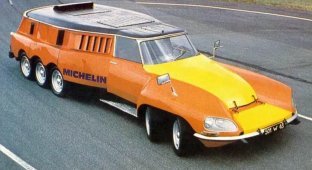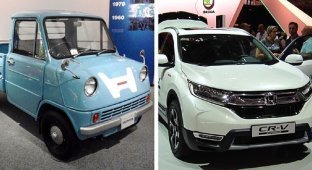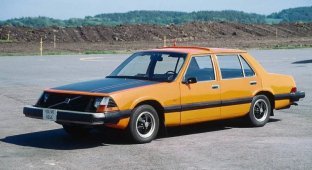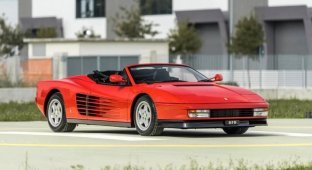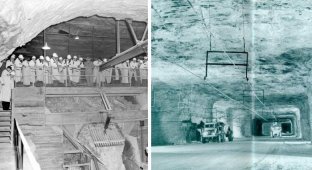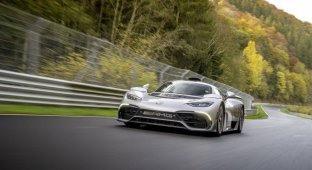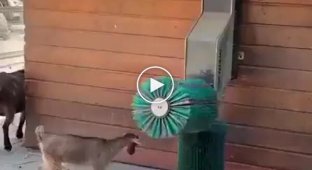Citroën Traction Avant: the first production car with front-wheel drive (13 photos)
Citroën Twelve, also known as Citroën Traction Avant, debuted in 1934. It was advertised as "the car is completely new concept." Do you believe? Not all the promises of car companies wrong and bad. Twelve became the world's first mass-produced front-wheel drive by car. 
In the mid-1930s, the French firm Citroën was on the brink of bankruptcy. The economic crisis hit the company hard, specializing in the production of expensive full-size cars with engines for 4 and 6 cylinders. Andre Citroen faced a serious choice: take a risk and invest in the development of a new car or close the business and retire as a wealthy and respected entrepreneur. And still, despite a serious illness, Citroen went for broke and invested all his money into the creation of the Citroën Traction Avant, a car that subsequently glorified the French company, and became the founder new direction in the automotive industry.
To pull the company out of the crisis, a car was required trivial and in some ways even revolutionary. At that time in the world front-wheel drive cars were just beginning to appear. These cars were luxury, well-equipped and very expensive. Here and there André Citroen came up with the idea of building a front-wheel drive car middle class, accessible to most European motorists.
Citroen 7A model 1934 
To design a new car, Citroen attracted a promising young engineer, apologist for the front-wheel drive layout - Andre Lefebvre. AT in the strictest secrecy, work started in April 1933, in parallel, there was a large-scale restructuring of production and construction new line of the plant. The first prototypes were ready in August of that same year, in March 1934, a private display of a whole line of pre-production cars under the general name Traction Avant ("Trakson Avan" - translated from French front-wheel drive).
Diagram Citroën Traction Avant 
Serial production started in May 1934. Basic the model under the designation Citroën 7CV (7A) was front-wheel drive 4-door car with a load-bearing all-welded body without transmission tunnel. Thanks to this decision, Citroën 7CV came out unusually squat and wide, which favorably affected manageability. A low center of gravity and a wide track provided the French car incredible stability in corners, for which she was loved in criminal environment and police.
The appearance of the car hinted at outstanding driving performance. The body by Flaminio Bertoni had a swift silhouette with elongated hood and a pointed false radiator grille with a branded double chevron. Footboards, traditional for cars of those years, were absent, and wide doors provided a comfortable fit into the cabin.
The car was quite practical, had a 5-seater saloon with a flat floor and a roomy trunk 
The Citroën 7A was powered by a 4-cylinder petrol engine 1.3 l with 32 hp It was assembled in a single block with a clutch, 3-speed manual transmission and final drive with differential. The transmission was mounted in front of the engine, and the differential was located in the middle between the gearbox and the engine. So unusual layout required the use of a compact front torsion bar suspension with lower A-arms and friction shock absorbers. Behind was a steel beam with Panhard rod, suspended on transverse levers with torsion bars as elastic elements. In general, no matter how you look, the French did it a revolutionary car in every respect.
Citroën 11CV 
The market initially met such a progressive car with great alertness. In the first two months, only 7,000 were sold units. In order to revive sales, the company has prepared two more models: Citroën 7B with a 1.5-liter engine with 35 hp. and Citroën 7S with engine 1.9 at 46 hp In general, Citroën Traction Avant received quite a lot modifications. Andre Citroen himself insisted on this, who wanted to cover largest segment of the market. Already in November 1934, the plant mastered release of the Citroën 11CV (11B) extended by 200 mm. Machine width increased by 140 mm, the height remained unchanged. In technical respect, the new model was fully consistent with the 7S version. 


